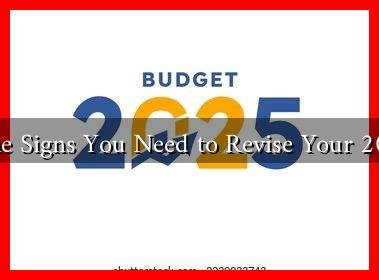-
Table of Contents
- How to Craft a Personal Mission Statement for 2025 Goals
- Understanding the Importance of a Personal Mission Statement
- Steps to Crafting Your Personal Mission Statement
- 1. Reflect on Your Values
- 2. Define Your Purpose
- 3. Set Specific Goals for 2025
- 4. Write Your Mission Statement
- Examples of Effective Personal Mission Statements
- Review and Revise Your Mission Statement
- Conclusion
How to Craft a Personal Mission Statement for 2025 Goals
As we approach 2025, many individuals are reflecting on their aspirations and setting goals for the future. A personal mission statement serves as a guiding star, helping you navigate your path and make decisions aligned with your values and objectives. In this article, we will explore how to craft a compelling personal mission statement that resonates with your 2025 goals.
Understanding the Importance of a Personal Mission Statement
A personal mission statement is a concise declaration of your core values, beliefs, and aspirations. It serves several purposes:
- Clarity: It provides clarity on what you want to achieve and why.
- Focus: It helps you prioritize your goals and make decisions that align with your vision.
- Motivation: A well-crafted mission statement can inspire and motivate you to take action.
- Accountability: It holds you accountable to your values and commitments.
According to a study by the Dominican University of California, individuals who write down their goals and share them with others are 33% more likely to achieve them. A personal mission statement can be a powerful tool in this process.
Steps to Crafting Your Personal Mission Statement
Creating a personal mission statement involves introspection and thoughtful consideration. Here are the steps to guide you through the process:
1. Reflect on Your Values
Begin by identifying your core values. These are the principles that guide your decisions and actions. Consider the following questions:
- What do I stand for?
- What qualities do I admire in others?
- What brings me joy and fulfillment?
For example, if you value integrity, creativity, and community, these should be central to your mission statement.
2. Define Your Purpose
Your purpose is the reason you wake up every day. It can be related to your career, personal life, or contributions to society. Ask yourself:
- What impact do I want to have on the world?
- What legacy do I want to leave behind?
For instance, if your purpose is to empower others through education, this should be reflected in your mission statement.
3. Set Specific Goals for 2025
Think about what you want to achieve by 2025. Setting specific, measurable, achievable, relevant, and time-bound (SMART) goals can help you stay focused. Consider goals in various areas of your life:
- Career: Achieve a promotion or start a new business.
- Health: Run a marathon or adopt a healthier lifestyle.
- Relationships: Strengthen connections with family and friends.
- Personal Growth: Learn a new skill or hobby.
4. Write Your Mission Statement
Now that you have reflected on your values, purpose, and goals, it’s time to write your mission statement. Keep it concise—ideally one to three sentences. Use clear and powerful language that resonates with you. For example:
“My mission is to empower individuals through education, fostering a community of lifelong learners while maintaining integrity and creativity in all my endeavors.”
Examples of Effective Personal Mission Statements
To inspire you further, here are a few examples of personal mission statements:
- Oprah Winfrey: “To be a teacher and to be known for inspiring my students to be more than they thought they could be.”
- Richard Branson: “To have fun in my journey through life and learn from my mistakes.”
- Michelle Obama: “To create a world where every girl has the opportunity to pursue her dreams.”
Review and Revise Your Mission Statement
Your personal mission statement is not set in stone. As you grow and evolve, so should your mission. Regularly review and revise your statement to ensure it remains aligned with your values and goals. Consider setting a reminder to revisit your mission statement every six months.
Conclusion
Crafting a personal mission statement is a powerful exercise that can provide clarity, focus, and motivation as you pursue your goals for 2025. By reflecting on your values, defining your purpose, and setting specific goals, you can create a statement that resonates deeply with you. Remember, your mission statement is a living document—review and revise it regularly to ensure it continues to guide you on your journey. For more insights on personal development, consider visiting Mind Tools.




